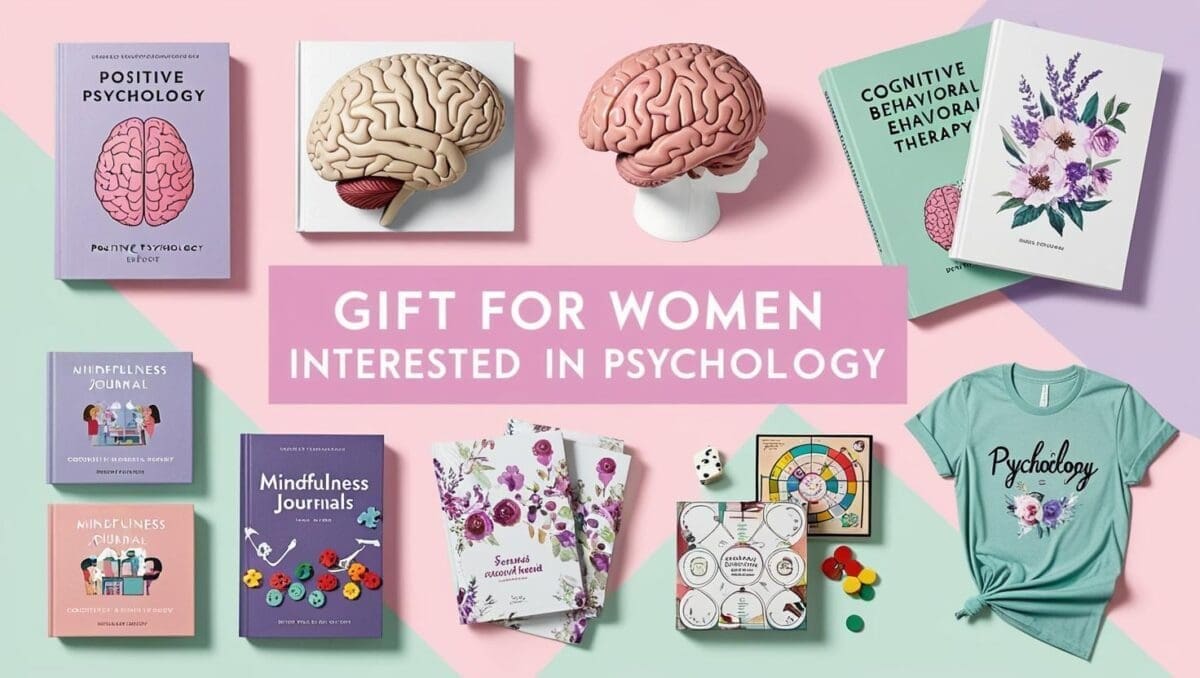The weeks before Christmas always feel like glitter and noise — carols spilling from hallways, paper snowflakes taped to windows, and children vibrating with excitement. In the middle of all that sparkle, I’ve learned that the most magical lessons we can teach aren’t about Santa or songs — they’re about calm.
In my counseling room, December isn’t just a time for crafts; it’s a time for emotional grounding. These Christmas SEL crafts have become my favorite rituals — little pauses in the whirlwind where kids breathe slower, share gratitude, and remember that kindness can shine brighter than any ornament.
Each activity below blends sensory experience with social-emotional growth. Together, they turn construction paper and light into something much deeper: connection..
1. “The Light I Give” Candle Craft
There’s something sacred about watching a room dim to candlelight — even when the candles are battery-powered. When I first tried this project, the children whispered their answers as they wrote: “My light is helping others.” “My light is listening.”
Each child wraps paper around an LED tea light and writes “My light is…” followed by a word that feels true to them. When we turn on our tea lights together, the glow fills the space with quiet pride.
Why it helps:
Children see that light doesn’t have to be loud to be powerful. It’s a simple way to teach that sharing kindness doesn’t make our own glow fade — it multiplies it.
2. “Kindness Post Office”
For one week every December, my classroom transforms into a tiny post office — envelopes taped to desks, crayons doubling as pens, and giggles echoing as kids deliver “kindness mail.”
Each child writes small notes to classmates: “You make me laugh.” “Thanks for sharing crayons.” Even the quietest students light up when they find a message waiting.
Why it helps:
Writing kind words builds empathy and connection. When gratitude becomes a daily ritual, classrooms feel warmer, safer, and more like family.
3. “Peace Star Mobiles”
After our flurry of letters, I like to bring the focus back to calm — and stars always help little minds settle. We talk about what peace feels like, then create layered paper stars where each point holds meaning:
- What helps me calm down
- Who makes me feel safe
- Something I’m grateful for
When the stars hang above our “Peace Corner,” their gentle sway feels like breathing itself.
Why it helps:
Combines art, mindfulness, and gratitude into one tangible reminder: peace isn’t found, it’s practiced.
4. “Emotions Wreath”
Every feeling belongs on the wreath — that’s what I tell the children. Using ribbon, paper leaves, or fabric scraps, they choose colors to match emotions they’ve felt this season: yellow for joy, blue for calm, red for frustration.
As they glue each piece, we talk about how all feelings matter — even the prickly ones. When the wreaths are done, they look like stained-glass circles of emotion: whole, balanced, and beautiful.
Why it helps:
Encourages emotional vocabulary and acceptance. Kids see that emotional wholeness, like a wreath, is made of many colors — not just “happy.”
5. “Snowflake of Strength”
No two snowflakes are alike — just like no two strengths are. Each child cuts a snowflake and writes something they’ve overcome or a strength they’ve discovered on each arm.
One student once wrote, “I’m brave because I try again.” That sentence alone was worth the glitter mess on the floor.
We hang them under the words “Our Strengths Shine in Every Season.”
Why it helps:
Transforms resilience into something visible. Kids practice self-recognition and learn to celebrate effort as much as success.
6. “Calm Cocoa Cups”
After emotional reflection, sensory crafts help kids unwind. This one smells like comfort itself. Each child crafts a paper mug, glues on cotton “whipped cream,” and writes “What warms my heart” across the front — answers range from “my dog” to “reading time.”
We talk about warmth as both a temperature and a feeling. For sensory seekers, it’s grounding; for anxious kids, it’s soothing.
Why it helps:
Encourages sensory mindfulness and identifies self-soothing tools. Children learn that comfort isn’t selfish — it’s self-care.
7. “Listening Tree”
Empathy has a sound — it’s the quiet between words. On a large paper tree trunk, kids add paper leaves labeled with ways to listen with the heart:
- “Look at the person speaking.”
- “Wait before replying.”
- “Ask how they feel.”
When finished, the tree becomes a living lesson. During circle time, we sit beneath it and practice what we wrote.
Why it helps:
Makes abstract social skills visible. Listening becomes something kids can see and practice daily.
8. “Reindeer Reflection Cards”
Reindeer crafts are everywhere in December, but this one carries heart. Each child creates a reindeer card with prompts like “Something I’m proud of this year…” or “Someone I want to thank.”
I once used this in small group counseling — we paired soft background music with cocoa, and by the end, even the most restless students were quietly writing thank-you notes to their parents.
Why it helps:
Links self-reflection with creativity. Writing and drawing together activate calm focus and gratitude.
9. “Gratitude Lanterns”
There’s nothing quite like seeing a classroom dim except for a dozen glowing lanterns. Children cut shapes into cardstock, layer translucent paper, and write something they’re thankful for on each panel.
When the LED tea lights flicker inside, the words glow softly — hope, family, peace, hugs. That moment always hushes the room.
Why it helps:
Merges mindfulness and gratitude through light. Kids experience calm in both making and watching the light spread.
10. “Wish for the World” Paper Globe
To end the season, we widen our circle. Each student writes one wish for the world — big or small — on a paper circle: “Peace for animals,” “Clean water,” “Everyone has a friend.” We glue them together into a globe and hang it near the window.
When sunlight hits, the globe glows like stained glass, a mosaic of hope.
Why it helps:
Encourages compassion and perspective-taking. Children see that their kindness can reach far beyond the classroom.
✨ Gentle Transitions for Classroom Flow
Once we finish our gratitude projects, I like to guide the energy from giving back to grounding. Crafts like cocoa mugs or lanterns naturally help younger students relax after more social activities.
And just before winter break, when excitement peaks, the globe project or peace stars remind them: calm and connection are gifts we can carry anywhere.
🎁 Reflections: The Light We Share
These Christmas SEL crafts remind me that the best decorations are the ones that change something inside us. Each paper candle, every glittered star, becomes a story of connection — small hands making big meaning.
When the classroom lights dim and every child’s “light” flickers on, you can feel it: mindfulness, empathy, and gratitude glowing brighter than the season itself.
May your classroom, therapy room, or home feel the same — warm, calm, and filled with the quiet magic that only kindness can make.
🌾 More Mindful Holiday Inspiration
Winter Snowflake Mindfulness Crafts
Gratitude & Values Activities for Thanksgiving

About the Author
Hi, I’m Eve, a former school counselor with a master’s degree in School Psychology and a passionate advocate for children and families navigating sensory challenges. As a mom of children with sensory sensitivities, I deeply understand the journey special-needs parents face, and I dedicate myself to researching and sharing practical solutions to help children thrive and feel comfortable in their bodies. My goal is also to empower counselors, therapists, and psychologists with creative strategies and supportive resources to enrich their everyday practice. When I’m not writing or exploring new therapeutic approaches, you’ll find me spending quality time with my family and continually seeking inspiration from everyday moments.



